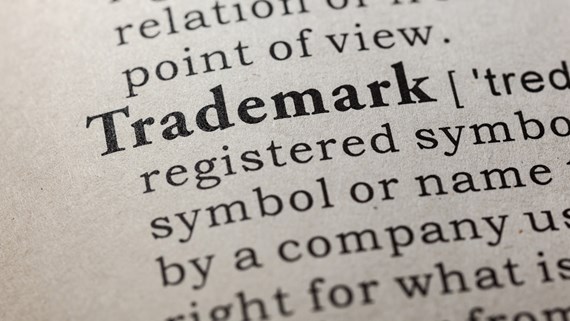Directors’ liability for IP infringements curtailed
Insight

The Supreme Court has handed down an important judgment restricting the personal liability of directors for IP infringements committed by their companies. The decision in Lifestyle Equities (15 May 2024) overturns decades of prior case law. It means that claimants will need to re-think their strategy around pursuing IP infringements against corporate entities and weakens the leverage they have by making it more difficult to join company directors and others to those claims. As we explain, the precise extent to which directors can now avoid personal liability will need to be decided in subsequent cases.
Background
We previously wrote about the Court of Appeal decision in the Lifestyle Equities case here. To recap, the underlying claims were for infringement of Lifestyle Equities’ trade marks consisting of the words “Beverly Hills Polo Club” and the image of a polo player on a horse. The defendant company, Hornby Street Limited (“Hornby”), used “Santa Monica Polo Club” as a brand along with an image of a polo player. The first instance court found Hornby liable for trade mark infringement. The court also found Hornby’s directors, the Ahmeds (who were brother and sister), liable as accessories to those infringements on the basis that they had procured the infringements by Hornby and they were committed pursuant to a common design with the company. This decision was upheld by the Court of Appeal.
No Accessory Liability
Now, the Supreme Court has overturned those earlier rulings against the Ahmeds. The Supreme Court recognised that primary liability for a trade mark infringement is one of strict liability which requires no knowledge of actual infringement. However, they said the tests to establish accessory liability against third parties like directors for both procuring those infringements and/or entering into a common design with the primary infringer do require knowledge that what is being done is an infringement of the claimant’s intellectual property rights. As this finding had never been made by the trial judge or by the Court of Appeal then the Ahmeds could not be held jointly liable for those infringements. They might have been involved in or procured the acts which led to the infringements, but they did not know sufficiently that an infringement was therefore occurring. This was the case even after the Ahmeds had been specifically warned about their conduct in a pre-action letter from Lifestyle.
So, what knowledge will be sufficient to mean directors (and others involved in the infringements) can be responsible? The Supreme Court said that those involved in producing and selling counterfeit products would have sufficient knowledge to be personally liable. However, the Ahmeds were not involved in such activity. There was no evidence that they appreciated that the company was engaged in infringement of Lifestyle’s trade marks or that they turned a blind eye to this. The Supreme Court recognised that there can often be honest differences of opinion on questions of whether one brand infringes the rights in another.
Practical Implications
This decision puts a greater onus on a claimant to demonstrate that the directors knew or should have known that what the company was doing was an infringement. Letters before claim are likely to require much more detail about why infringements were clear or should have been obvious to directors if a claim for personal liability is to be established. In addition, there is likely to be much greater focus on what directors knew or intended by their involvement. For example, in cases where branding is deliberately designed to come close to that of the claimant’s without crossing over the line into infringement, but that assessment is later found to be wrong by the courts, will directors still potentially be personally liable for those infringements? This will be a particular issue in sectors like retail where copycat brands are common. There are also likely to be difficult decisions for defendant companies and their directors to make about whether to waive privilege in any legal advice they received at the relevant time about whether what they were doing was not an infringement of the claimant’s rights.
On the other hand, in cases which concern parties who are serial infringers the claimant is more likely to be able to demonstrate that third parties have procured the infringements and/or entered into a common design to do so. This is demonstrated by the first instance decision in Morley’s (Fast Foods) Limited v Kunalingam Kunatheeswaran and Others (7 June 2024). In this case, in applying the decision in Lifestyle Equities, a franchisor was held to be responsible for trade mark infringements committed by its franchises on the basis of accessory liability (see here).
The Supreme Court’s decision is likely to be the beginning of a new line of cases determining where personal accessory liability can be established for IP infringements as we have already begun to see only a few weeks later in the Morley’s case referred to above. However, without doubt, the task for claimants to prove the personal liability of directors and others has become that much harder. Claimants will need to think very hard about whether satellite litigation of this nature is desirable.
The full report of the Supreme Court’s decision is here.
This publication is a general summary of the law. It should not replace legal advice tailored to your specific circumstances.
© Farrer & Co LLP, June 2024






